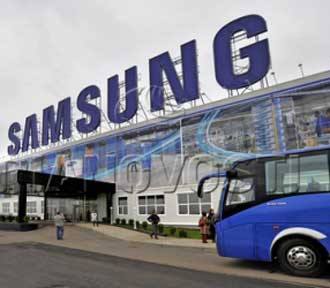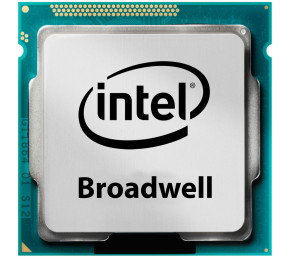 Intel has finally woken up to the fact that its esoteric branding of Atom chips is leading to a lot of confusion amongst suppliers and customers.
Intel has finally woken up to the fact that its esoteric branding of Atom chips is leading to a lot of confusion amongst suppliers and customers.
Historically Intel has thought that customers and suppliers would instinctively know the difference between the Atom Z3735F or the Atom Z3735G.
Now Intel has decided to bring in naming designations which are similar to its Core brands and Xing up Atom at the same time.
New Atom chips will have the X3, X5 and X7 designations. An Atom X3 will deliver good performance, X5 will be better and X7 will be the best, an Intel rep said.
Faster X7 chips for high-end tablets may have better graphics and more wireless connectivity options than X5 chips and will cost more.
Intel’s name change comes ahead of the Mobile World Congress trade show, where Intel is expected to announce new mobile chips. It’s likely that X3 will be the formal name for Atom smartphone chips code-named Sofia, while the Atom X5 and X7 will be names for tablet chips for Cherry Trail.
In 2009, Intel similarly renamed its Core processors, a move met with some opposition among chip enthusiasts. The resistance quickly crumbled as the new names caught on. It is likely that the Atom name changes will be greeted with the same enthusiasm.



















